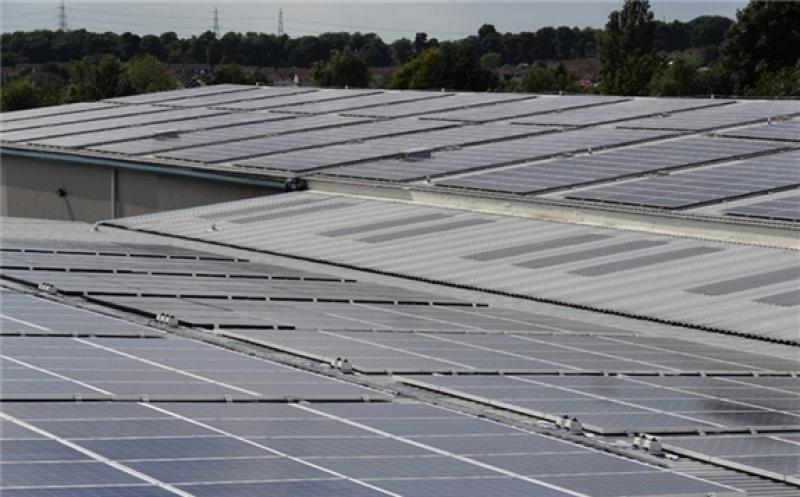The world has a viable pathway to building a global energy sector with net-zero emissions in 2050, but it is narrow and requires an “unprecedented transformation” of how energy is produced, transported, and used globally. Those are the key findings in a report from the International Energy Agency.

Climate pledges by governments to date – even if fully achieved – would fall “well short” of what is needed to bring global energy-related carbon dioxide (CO2) emissions to net zero by 2050, according to the report, Net Zero by 2050: a Roadmap for the Global Energy Sector.
The report sets what it described as a “cost-effective and economically productive” pathway resulting in an energy economy “dominated by renewables like solar and wind.”
The pathway calls for annual additions of solar PV to reach 630 GW by 2030, and those of wind power to reach 390 GW. The report said this combined capacity is four times what was installed in 2020, a record year. For solar PV, it is equivalent to installing the world’s current largest solar parks–around 1,000 MW–roughly every day.
“The scale and speed of the efforts demanded by this critical and formidable goal… make this perhaps the greatest challenge humankind has ever faced,” said Fatih Birol, the IEA executive director.
The roadmap sets out more than 400 milestones to guide the transition to net zero by 2050. These include no investment in new fossil fuel supply projects, and no further final investment for new coal plants without some form of carbon capture technology. By 2035, the roadmap calls for no sales of new internal combustion engine passenger cars, and by 2040, completion of a shift by the global electricity sector to net-zero emissions.
The report said that a worldwide push to increase energy efficiency is an essential part of these efforts. It said that such a push would result in the global rate of energy efficiency improvements averaging 4% a year through 2030, or about three times the average over the last two decades.
Most of the global reductions in CO2 emissions between now and 2030 would come from technologies available today. But in 2050, almost half the reductions would come from technologies that are currently only at the demonstration or prototype phase.
The IEA report said this demands that governments “quickly increase and reprioritize” spending on research and development. Progress in advanced batteries, electrolyzers for hydrogen, and direct air capture and storage could be impactful, the report said.
The IEA report said that total annual energy investment would grow to $5 trillion by 2030 in the net zero pathway, adding an extra 0.4 percentage points a year to global GDP growth, based on a joint analysis with the International Monetary Fund. The increase in private and government spending would create clean energy jobs, including energy efficiency, as well as in the engineering, manufacturing, and construction industries. All of this would put global GDP 4% higher in 2030 than it would be based on current trends, the report said.
By 2050, global energy demand would be around 8% smaller than today, but able to serve an economy more than twice as big and a population with 2 billion more people. The report said that by that date, almost 90% of electricity generation would come from renewable sources, with solar PV and wind together accounting for almost 70%. Most of the remainder would come from nuclear power.